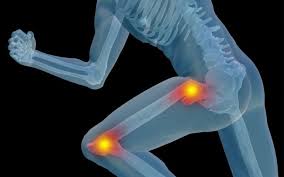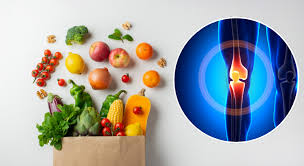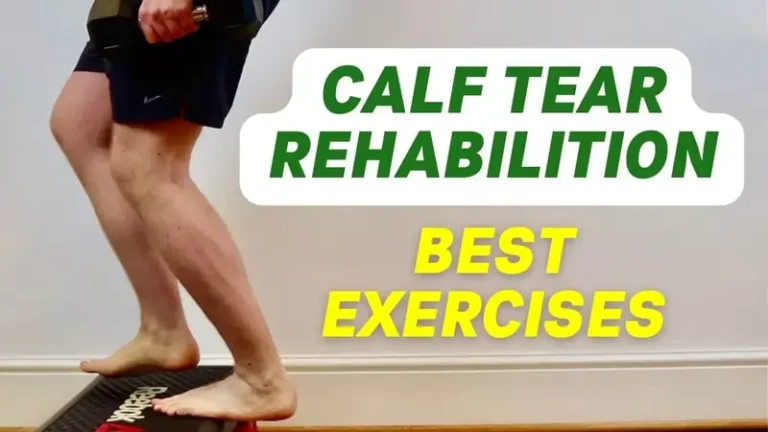Does Hip and Knee Pain Affect Your Heart?
Introduction: Although hip and knee pain are frequently linked to injuries, arthritis, or joint issues, their effects can go beyond simple mobility issues. According to new research, chronic pain in the joints may affect more aspects of general health, such as the cardiovascular system. Even while they might not seem related, restricted mobility, inflammation, and lifestyle modifications…










